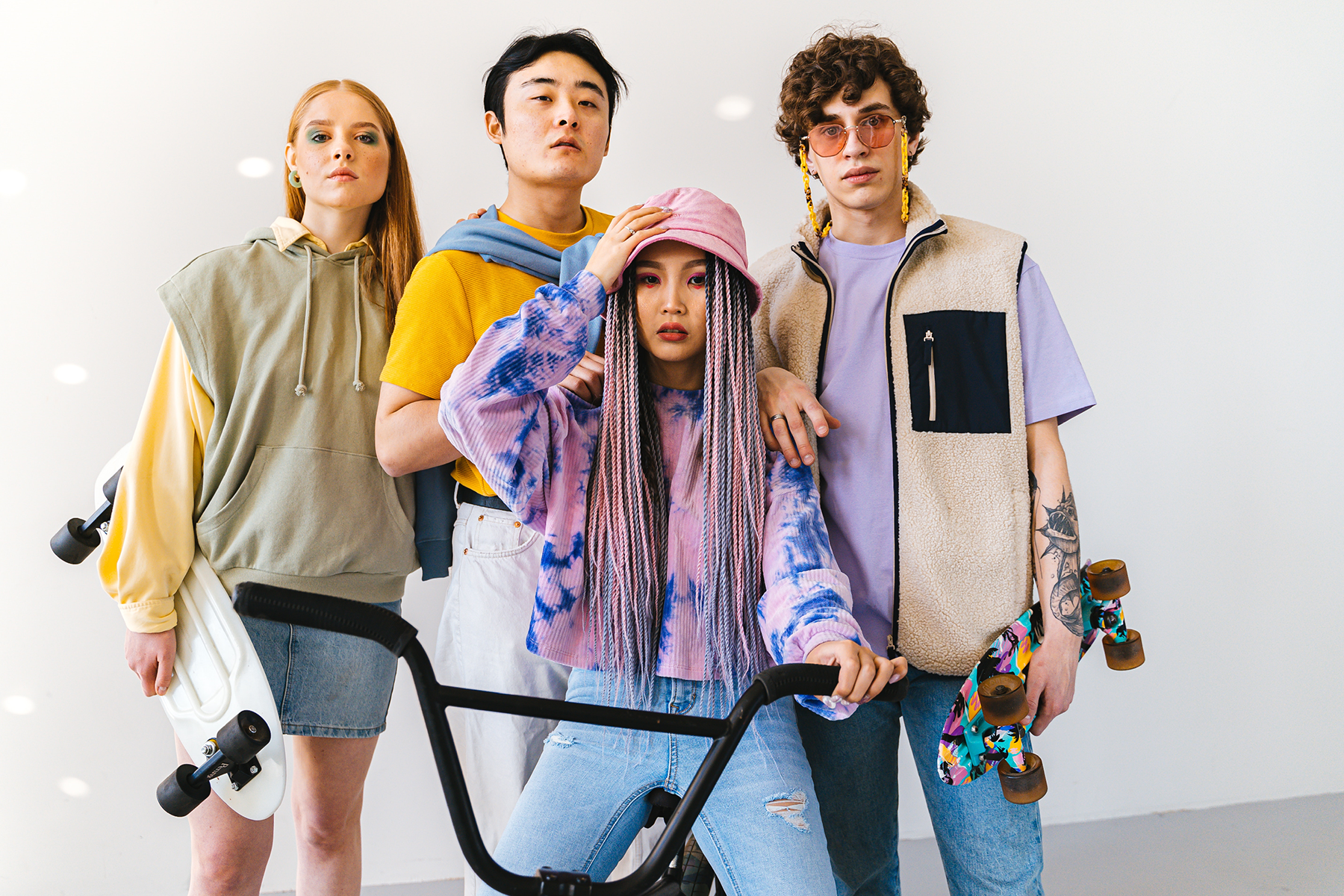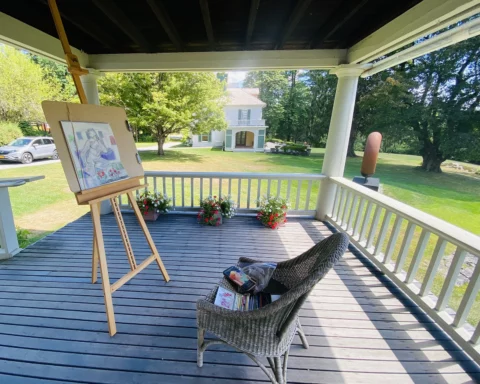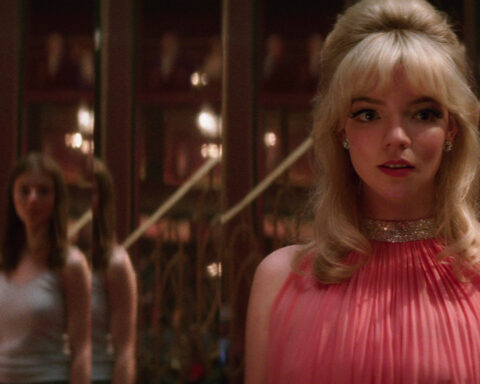2020s fashion has been interesting, to say the least. The covid era set the scene for shortened trend cycles with the online fashion boom, whilst social media apps reveled in a plethora of aesthetics, spotlighting a number of fashion cores and revivals.
The BBC predicted in 2020 that the average American discards 37kg of clothes every year; the same year saw e-commerce sales increase by 43%. I can only imagine that a significant portion of those sales came from international fast-fashion hubs. In the UK, the beloved high-street store TopShop was bought by the online giant ASOS, with other department stores struggling due to consumer demands for faster, cheaper, on-trend fashions.
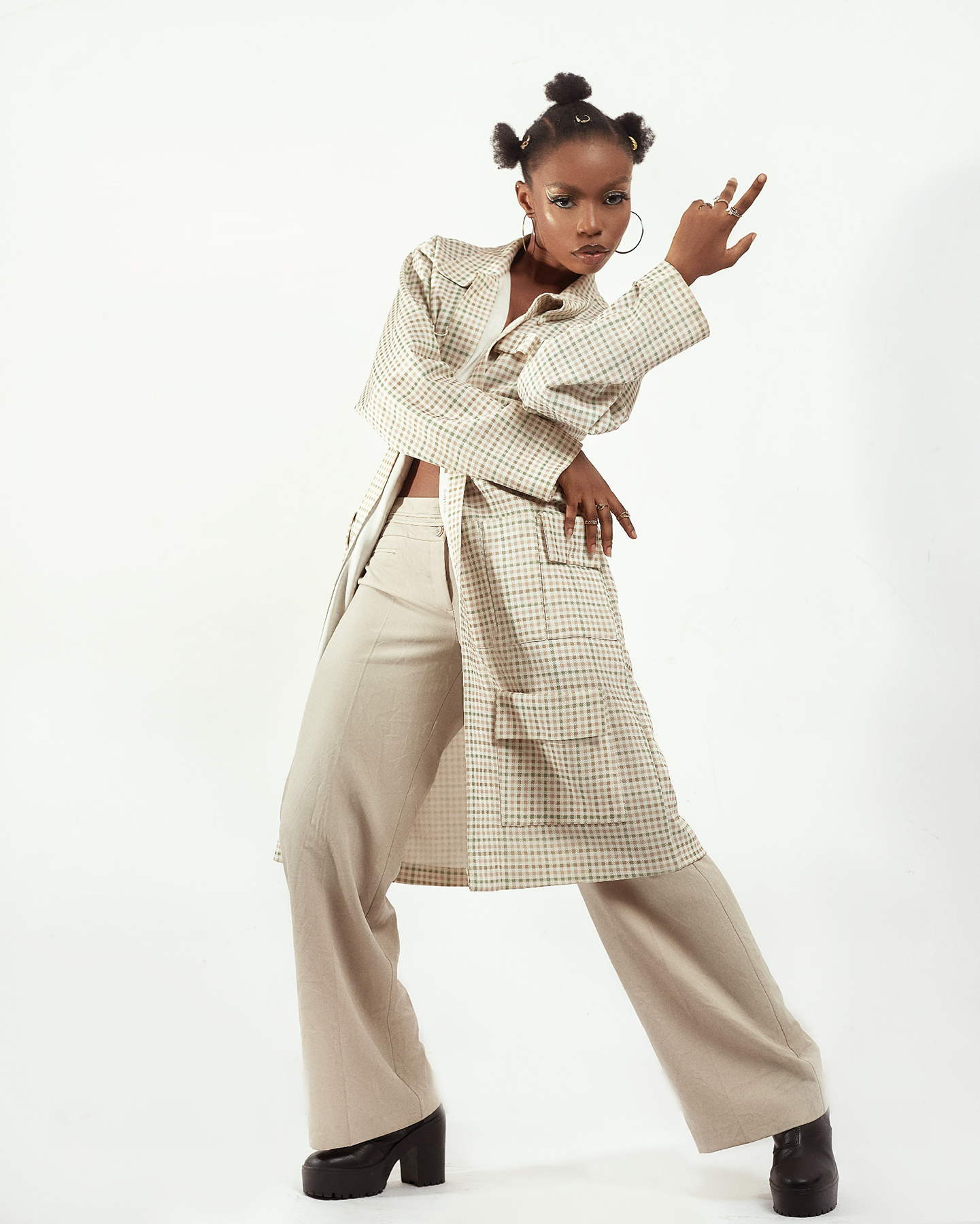
Booming styles included Y2K, a revival of fashion between ~1997-2005, and Cottagecore, an aesthetic movement valuing nature, simple pleasures, and countryside living. These styles made themselves at home on TikTok, an app that surged during the turn of the decade, at the height of the coronavirus pandemic. However, due to its quick, short, and accessible content, with many of its users finding themselves scrolling through video after video, came the oversaturation of particular trends. This is a phenomenon that critics today have termed ‘microtrends’.
What are Microtrends?
The proverb ‘A flame that burns twice as bright burns half as long’ fits especially well when defining microtrends. A microtrend is a style or item of clothing that explodes in popularity, only for it to become old news a month later. Imagine those kids who peaked in high school, but those kids are designer items, and high school is an online social media clique. Fun, huh?
The reason why I mentioned Y2K and Cottagecore is because they are culprits for housing two particular items under their umbrellas. The House of Sunny ‘Hockney Dress’, a late 90s-inspired knitted midi dress, and independent designer Lirika Matoshi’s ‘Strawberry Dress’, a flouncy pink dress patterned with strawberries, were two examples of pieces that went viral, only for them to receive ridicule after multiple dupes from fast fashion brands.
Other microtrends include patchwork jeans, sweater vests, psychedelic print, and those ‘Cottagecore’ dresses made from the flimsiest polyester imaginable; puffed sleeves akin to deflated balloons. The bodice offers no structure at all to accompany the universalised ‘impression’ of a bodice, rather than a silhouette that suits the individual. But, that is how fast fashion has to operate, after all.

Still, I do not wish to focus primarily on what has already been said about microtrends. Yes, microtrends are terrible. They’re terrible for fashion, they’re terrible for the environment. They reflect a saturated market and unchecked consumerism.
Alas, the next big thing will be its death. The flame has to be put out eventually.
A lot of discourse surrounding ‘sustainability’ (whether a buzzword or a useful term, we cannot deny the impact it is making on the current market) is rehashed and overdone. Now that we’ve been outside our homes for a while after periods of lockdowns and quarantines, it is easier to ascertain what people are doing as well as simply thinking. Beneath this loam of online talk, new ideas are sprouting. My observation is that people are focusing less on what they are shopping for, and more on how.
Dissolving Fashion
A fashion democracy will soon be upon us. Much like the end-of-history hysteria that came with the turn of the century, I can’t help but wonder if the same ideology will present itself in fashion – at least, in fashion cycles as they have existed in modern history. Trends will always exist, but rather than defined by seasonal runways or as a reaction against what came before them, could they exist as a ‘dissolved’ market of trends, with their popularity dependent on consumers’ personal choices?
Imagine a pick-n-mix pool of styles, brought on by the integration of the internet within our lives. Are internet subcultures fragmenting the current ‘ideal’ into several ideals that exist simultaneously? In the 1960s, out went the big fashion houses’ influence on current trends, instead lending the hype to the street fashion of ‘swinging London’. Now, a cultural revolution may induce another mixup in fashion, this time with the internet, rather than the high streets, as its cause.
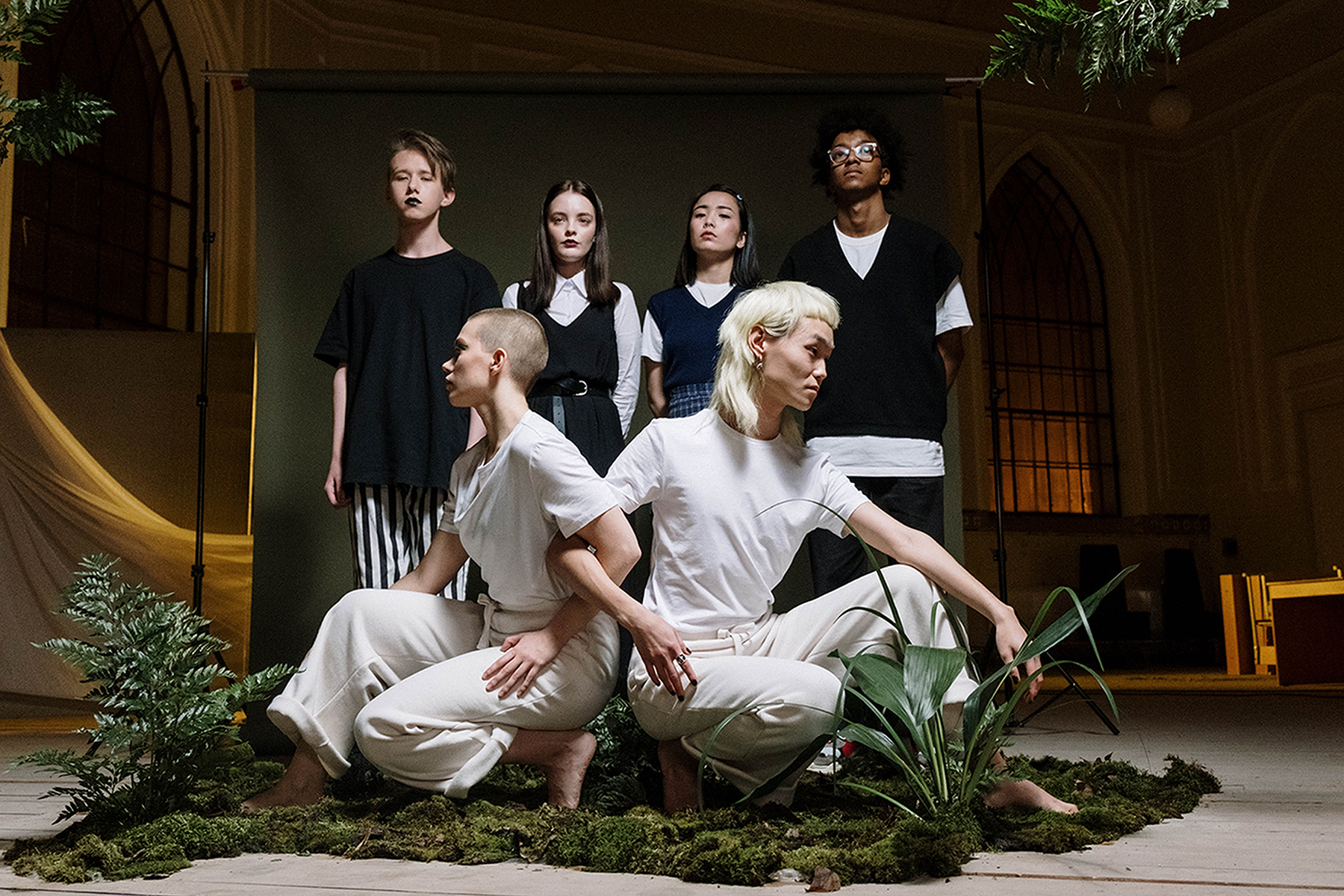
Since 2020, I have collected a few notes about cultural sentiment. Fashion is ‘dissolving’ for these reasons:
- Disillusionment with the fashion industry due to environmental concerns, especially among young consumers.
- Contempt towards microtrends and a broken fashion cycle among online critical commentary spaces.
- Disappointment with cheap, thin fabrics commonly used in fast fashion; a desire to invest in quality over quantity; treating clothing like furniture; buying clothing to last.
- A rise in living costs in many countries means that expendable income is limited. Fashionable clothing is a secondary concern compared to necessities.
- Gender neutrality in clothing. Male icons such as Harry Styles and Lil Nas X wearing dresses; comparable to the fashion democratisation in the 60s and 70s when women began wearing trousers. The 2020s and the 1970s are similar in that both eras underwent/are undergoing changing fashion streams and a boom in trends branching off from the mainstream ideal.
- Internet subcultures, aesthetics, and nostalgia for past eras.
- The dynamic change in the nature of subcultures, moving from social groups to online communities. Surface-level knowledge of multiple subcultures exceeds the previous model of a deep-rooted interest in one.
- Less stigma surrounding second-hand clothing; increasing charity and thrift shop sales.
- DIY and handmade clothing experiencing a resurgence — TikTok ‘thrift-flips’, the crochet revival, etc.
- Saturation of the internet aesthetic market. The current ideal has dissolved into multiple ideals. It may be on-trend to don a polished, Y2K-inspired, Pinterest look. However, an alternative or indie look that conveys a different ideal is also on-trend. Maximalism and minimalism are both ‘in’.
- The ‘Jean Democracy’ as an example of Dissolved Fashion. We appear to be transitioning from high-waisted ‘mom jeans’ into low-waisted flares – however, people are still loyal to the former, as well as their skinny, straight-leg, and ripped fits. All sorts of jeans now coexist, with some more fashionable than others, but with comfort and individual taste preventing old styles from going obsolete from shopping outlets and people’s closets.
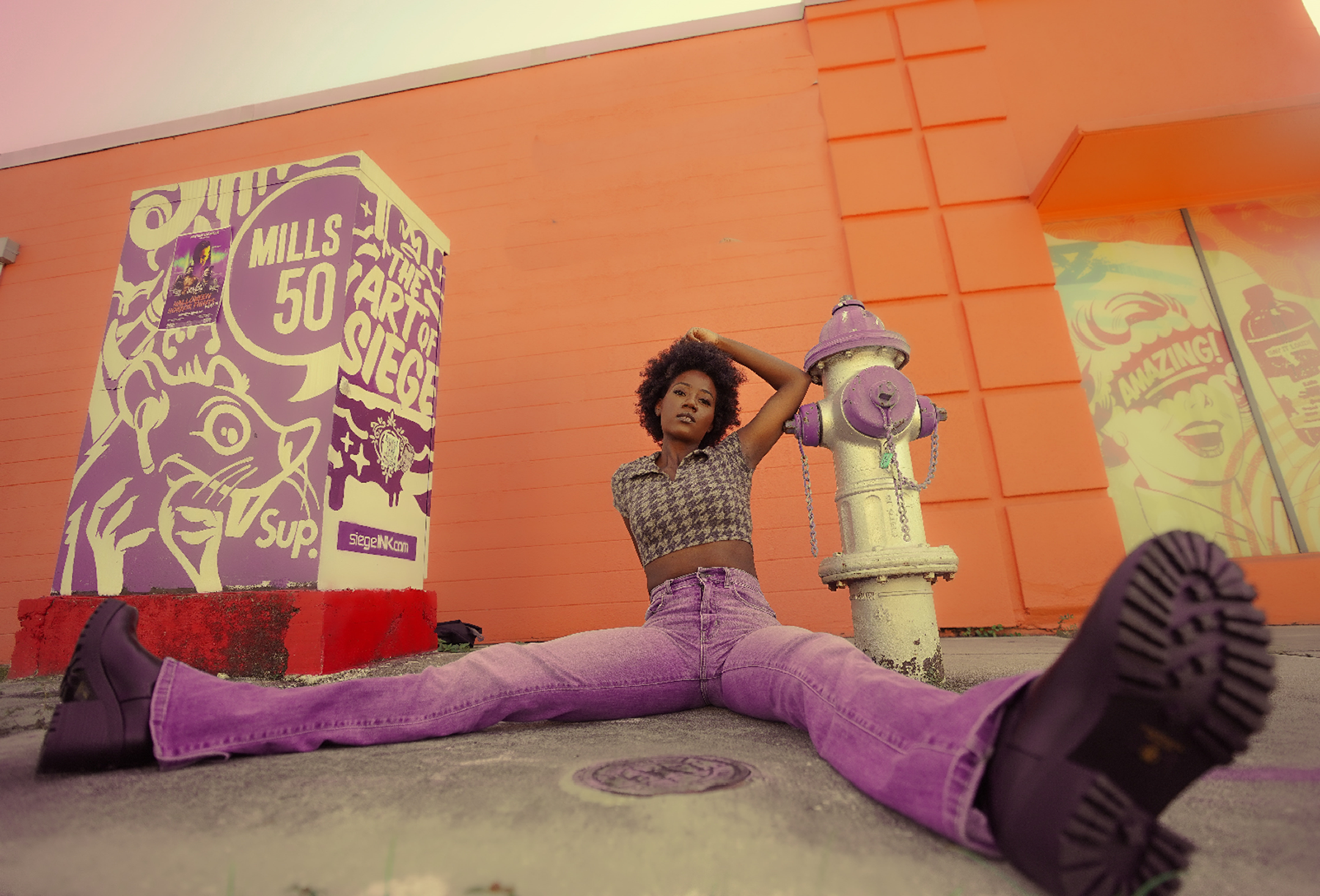
Why the Death of Microtrends is a Good Thing
Microtrends harm the environment and overseas communities. With textiles making up a predicted 92 million tonnes of waste every year, it is no wonder that people look down upon these trends that induce ephemeral happiness at the risk of chipping away at our planet. Bangladesh, a central hub in offshore clothing production, has suffered immensely over the years from sweatshop fires responsible for hundreds of deaths. Many overseas communities also suffer from petrochemicals leaking into water supplies due to factory waste, destroying local ecosystems. Everything is connected by one large, factory-woven thread, and it is not as pretty as the shop windows make it out to be.
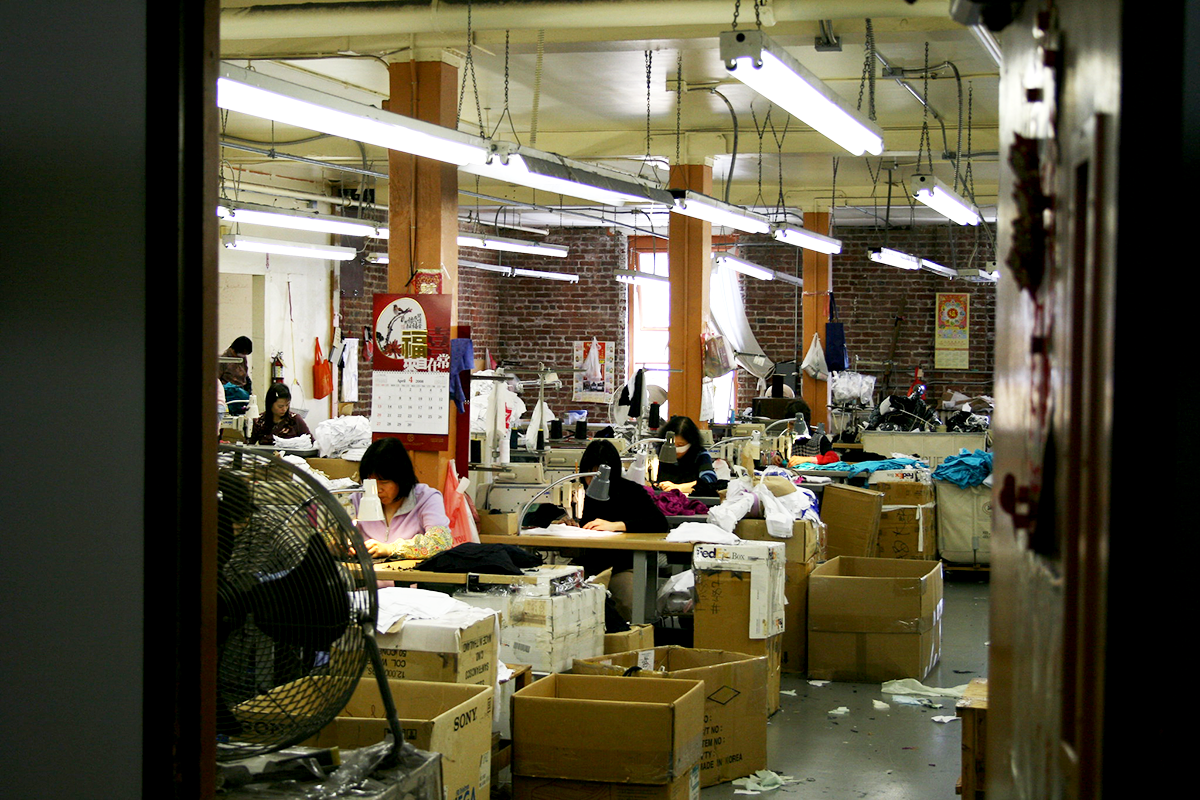
It leaves an odd taste in my mouth when I hear more conversations about microtrends ruining fashion cycles than discussions about microtrends’ global impact on people and the environment. But the more we become aware of our consumer habits, the more I hope we can give this planet a break, however small.
Those familiar with conversations about the fashion industry might pin me as too optimistic, predicting that microtrends are soon to beon their way out. And I get it. It’s hard to have faith in the idea that people will spend less and less on fast fashion. However, in a consumer-driven economy, I do think that certain choices stemming from certain ideas can leave a dent in what was once a snowballing industry. I’m not saying we should shove those sporting SHEIN and Pretty Little Thing into lockers and whatnot, but I am not against making these brands uncool.
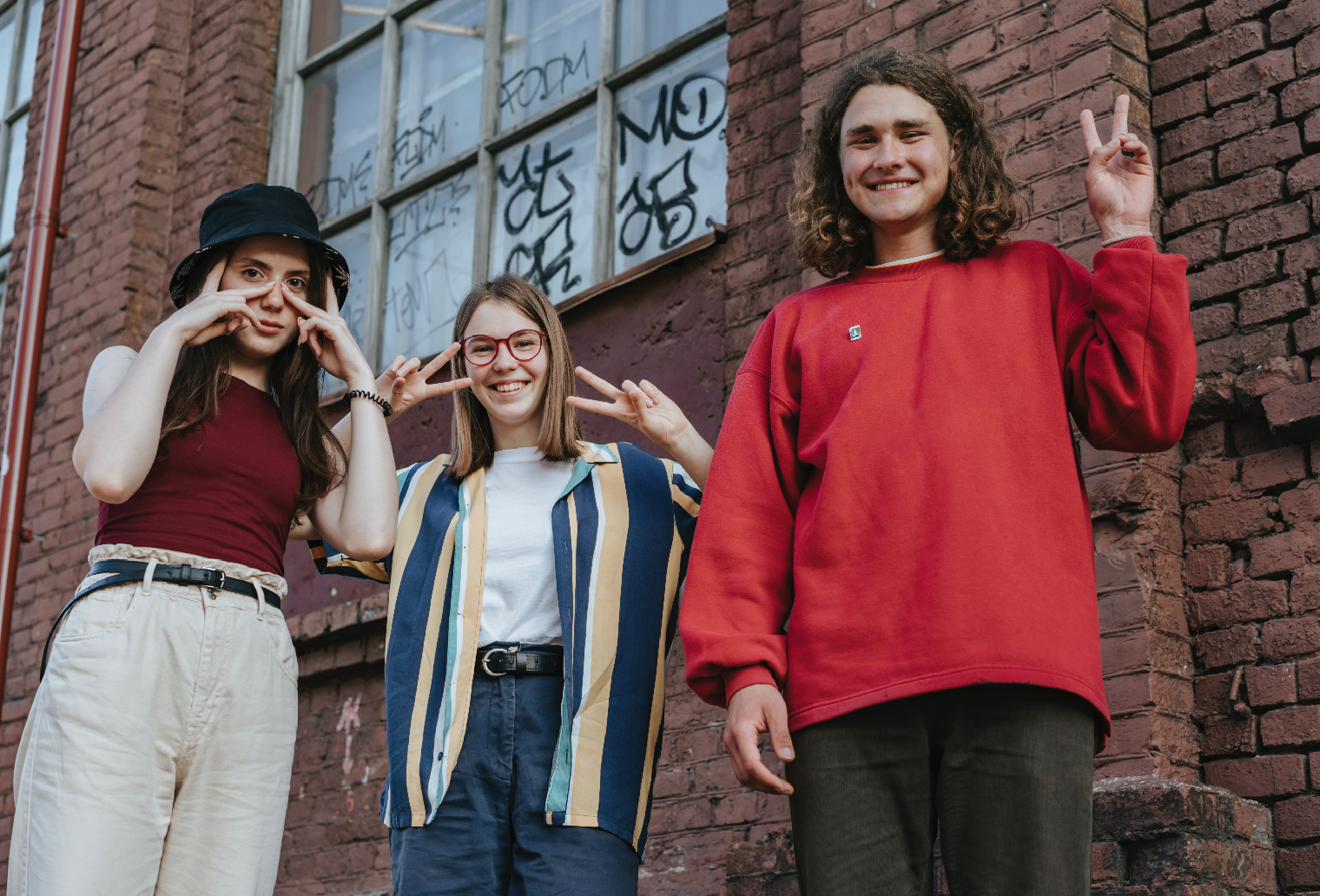
Continue to learn to love clothes without over-consumption. The 2020s have seen a rise in layering, statement pieces, thrifting, and capsule wardrobes in order to curate simultaneously eye-opening and yet comfortable pieces. Investing in fashion like furniture, dressing for oneself and dressing eclectically, investing in fashion as a thing to last – will dampen the excitement that comes with exploring new trends and shopping hauls, but will undoubtedly bring a refreshingly timeless, individual spin to how we view clothing.
